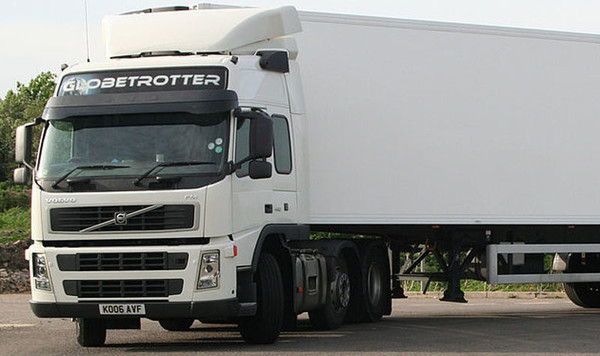There are many risks and challenges for people involved, whether directly or indirectly, with refrigerated road transportation. We have found through experience that many claims relating to goods damaged during transit in refrigerated road transportation units are a result of bad and injudicious transit temperature regime and management.
The challenge
Trailer operators have the option of running their trailer refrigeration units in two modes:
- ‘Continuous mode’ or,
- ‘Start-stop mode’.
The ‘start-stop mode’ is a more environmentally friendly and cost saving way of operating as it demands less fuel, and the carriers often prefer this option. However, it is known that the cooling capacity inside the cargo compartment in this mode is significantly reduced and as such can damage temperature-sensitive loads. Operating in ’start stop mode’ poses a significant risk of freezing damage to products that must be carried at temperatures just above the freezing point.
To ensure that such temperature-sensitive loads are kept at the optimum temperature it should, in our opinion, be warranted that the refrigeration units run in ‘continuous mode’.
Recommendations
We recommend the following regime standards when considering refrigerated road transportation of fresh fruits and vegetables:
- Avoid multi-temp loads unless using trailers designed for this type of operation;
- Properly train drivers on the use of the refrigeration unit. They need to understand when ‘continuous mode’ or ‘start/stop mode’ should be used, based on the commodity being hauled and the outside temperature;
- Be aware of trailers over five years old, the insulation in refrigeration trailers will break down over time making them less effective;
- Proper packaging is a must – it should be crush proof, solid-side for frozen products, and vented side for fresh products;
- The cargo and the trailer should be pre-cooled to desired temperature or remove residual heat;
- The refrigeration unit should be turned ‘OFF’ when loading to minimise heat and humidity entering the trailer;
- Ensure there is proper airflow in the trailer;
- Provide the driver with written temperature instructions for the intended voyage;
- Instruct the driver to operate the unit in ‘continuous mode’ if the product is liable to damage when exposed to lower/elevated temperatures;
- Instruct the driver to monitor the supply and return air temperatures at regular intervals;
- Drivers must alert the client immediately and ask for instructions once deviating and/or uncontrollable temperatures are noted.
